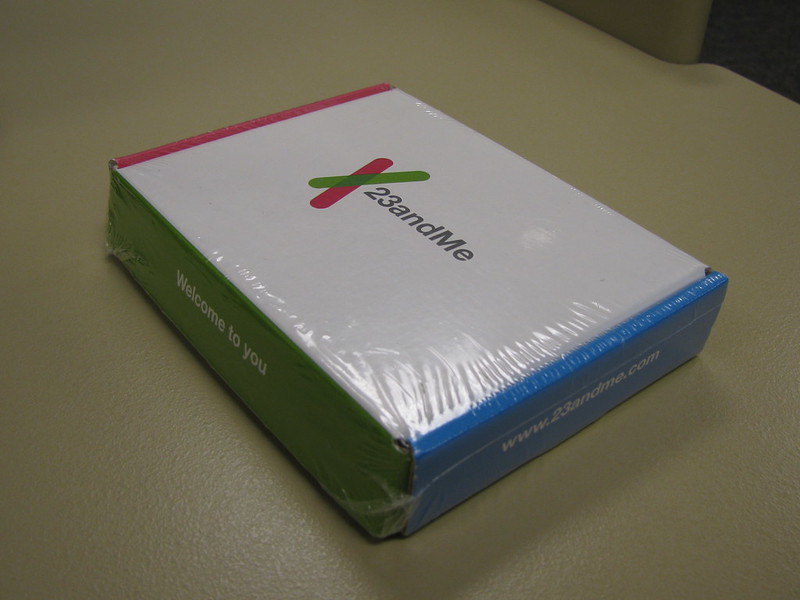In a dramatic fall from grace, genetic testing company 23andMe filed for Chapter 11 bankruptcy protection on March 23, 2025, marking a stunning reversal for a firm once valued at $6 billion. The company that pioneered direct-to-consumer DNA testing now faces an uncertain future as it enters a court-supervised sale process amid mounting privacy concerns over its vast database of genetic information from more than 15 million customers.
Financial Collapse and Leadership Turmoil
23andMe’s market capitalization has plummeted to approximately $14 million, a mere fraction of its peak valuation. The company has struggled to generate recurring revenue from its one-time DNA testing kit purchases while facing increasing competition and declining consumer interest.
The bankruptcy filing follows significant leadership upheaval. CEO and co-founder Anne Wojcicki resigned on Friday to position herself as an independent bidder for the company. Joseph Selsavage, the company’s Chief Financial and Accounting Officer, has been appointed interim CEO.
This leadership change comes after all seven independent directors resigned in September 2024, citing disagreements with Wojcicki over the company’s strategic direction. These resignations came amid Wojcicki’s unsuccessful attempts to take the company private.
Co-Founder Criticism and Governance Issues
Linda Avey, who co-founded 23andMe in 2006 alongside Wojcicki and Paul Cusenza, publicly criticized the company’s trajectory since her departure in 2009.
“My time at the company was cut short in 2009, when my co-founder Anne convinced the board that she should run the company,” Avey wrote on social media platform X. “And I must be honest, I was frustrated with the direction the company took after that point.”
Avey pointed to governance issues as a key factor in the company’s downfall: “After my departure, she architected a majority vote for herself that eliminated board governance, even as it expanded over the following funding rounds. For better or worse, the buck stopped with her. It came as no surprise when the board resigned last year.”
She added, “Without continued consumer-focused product development, and without governance, 23andMe lost its way, and society missed a key opportunity in furthering the idea of personalized health.”
Similar Posts
Data Privacy Concerns Take Center Stage
The bankruptcy has raised serious concerns about the security and future use of customer genetic data, particularly following a major data breach in October 2023 that compromised the personal information of nearly 7 million users. That breach resulted in a $30 million settlement and multiple class-action lawsuits.
While 23andMe has assured customers that the Chapter 11 reorganization “does not change how we store, manage, or protect customer data” and that “any buyer of 23andMe will be required to comply with applicable law with respect to the treatment of customer data,” privacy experts remain concerned.
California Attorney General Rob Bonta has issued an urgent consumer alert advising 23andMe customers to request deletion of their data and destruction of their test samples under the provisions of the Genetic Information Privacy Act (GIPA) and the California Consumer Protection Act (CCPA).
Cybersecurity experts emphasize that genetic data presents unique risks compared to other personal information. Unlike compromised passwords that can be reset, genetic information is permanent and could potentially be misused if sold or transferred to new ownership.
Bankruptcy Process and Next Steps
The company has begun a court-supervised process to solicit qualified bids over a 45-day period. If approved by the court, this process could lead to an auction of the company’s assets, with its genetic database likely being the most valuable component.
A bankruptcy court judge has granted 23andMe permission to explore the sale of its customer data while slowing down the overall process by two weeks to allow creditors more time to provide input.
The company has secured a $35 million financial commitment to maintain operations during the sale process and has estimated its assets and liabilities to be between $100 million and $500 million.
Operational Cuts and Research Impact
As part of its restructuring efforts, 23andMe has reduced its workforce by approximately 40% and discontinued its therapeutics division. These measures were taken to cut costs amid the company’s broader financial struggles.
The potential sale of the company’s genetic database raises questions about the future of ongoing drug discovery and genetic research initiatives that rely on this information.
How Customers Can Protect Their Data
For concerned customers who wish to delete their genetic information from 23andMe, the California Attorney General has outlined the following steps:
- Log into your 23andMe account
- Go to the “Settings” section of your profile
- Scroll to the “23andMe Data” section at the bottom of the page
- Click “View” next to “23andMe Data”
- Download your data if you want a personal copy
- Scroll to the “Delete Data” section
- Click “Permanently Delete Data”
- Confirm your request via the email you’ll receive
Customers who have opted to have their saliva sample and DNA stored can change this preference from the account settings page under “Preferences.” Those who previously consented to research use of their genetic data can withdraw consent from the account settings page under “Research and Product Consents.”

Industry Implications and Regulatory Questions
The collapse of 23andMe highlights challenges faced by the direct-to-consumer genetic testing industry, including the difficulty of generating sustainable revenue from one-time purchases and growing consumer concerns about genetic privacy.
The situation underscores the fragmented nature of genetic privacy regulation in the United States. While some states have enacted laws giving consumers control over their genetic data, the absence of comprehensive federal privacy legislation leaves significant gaps in protection.
This high-profile bankruptcy may accelerate calls for stronger federal regulation of genetic data privacy and push companies in the sector to develop more sustainable business models that better balance innovation with consumer protection.


















